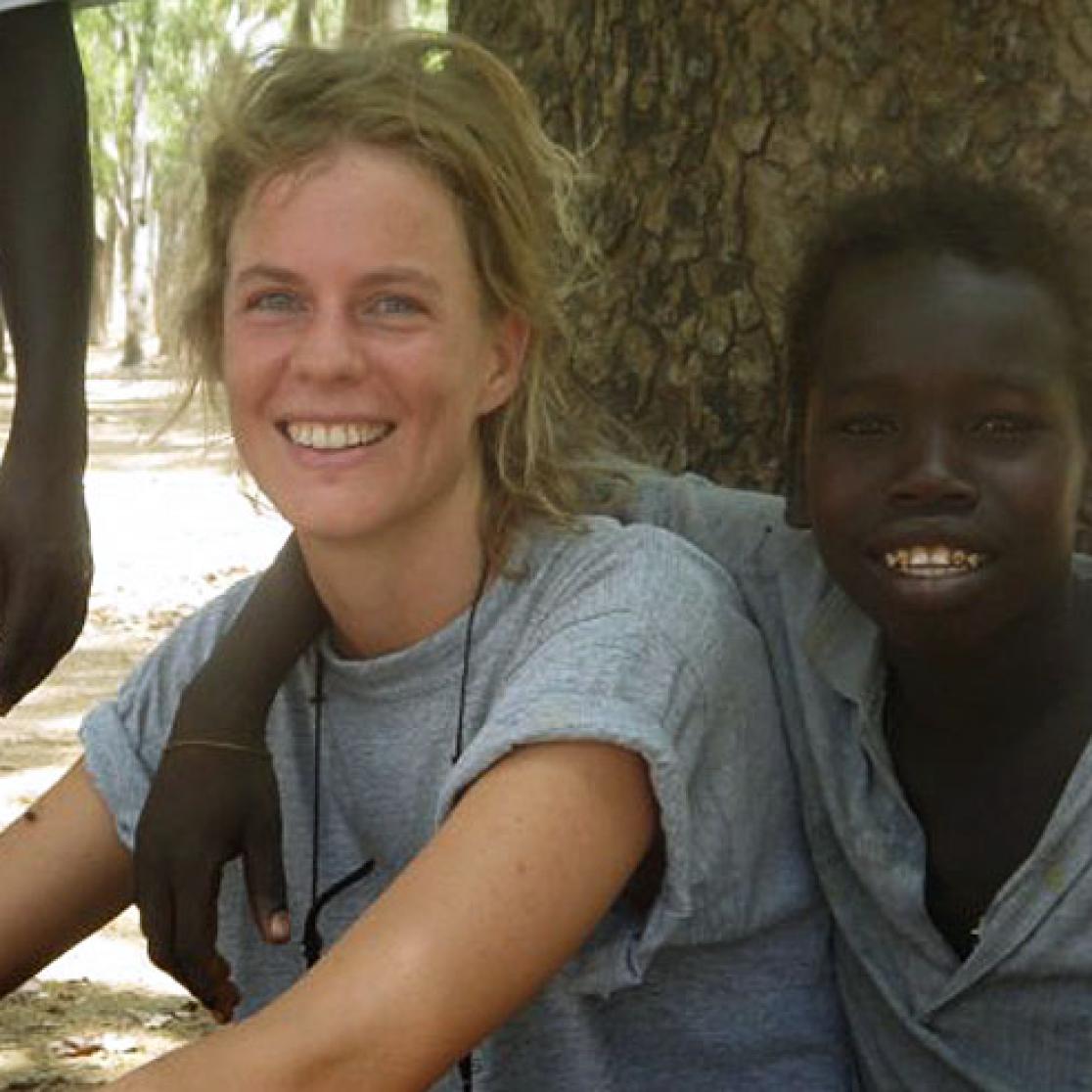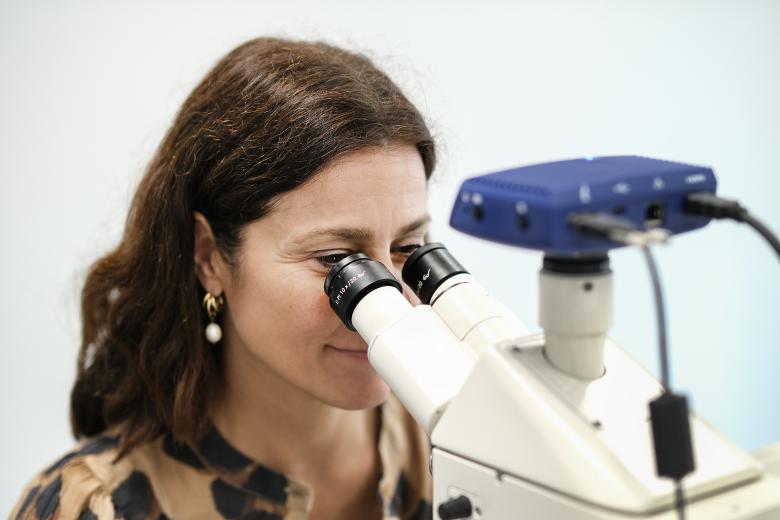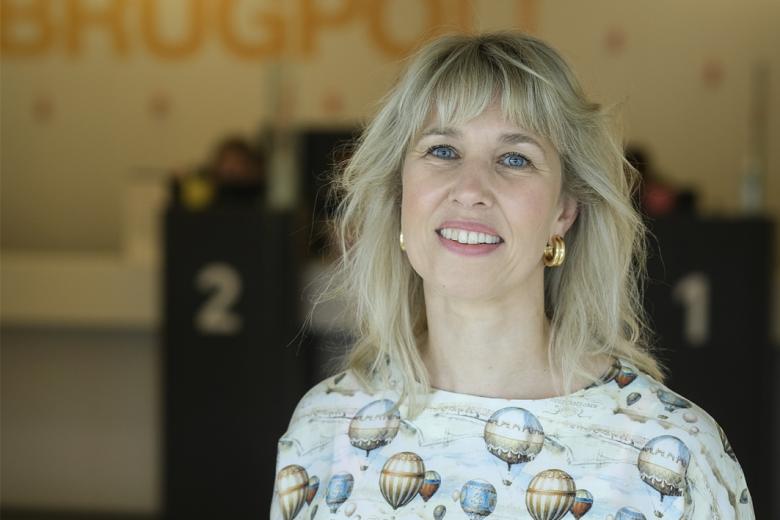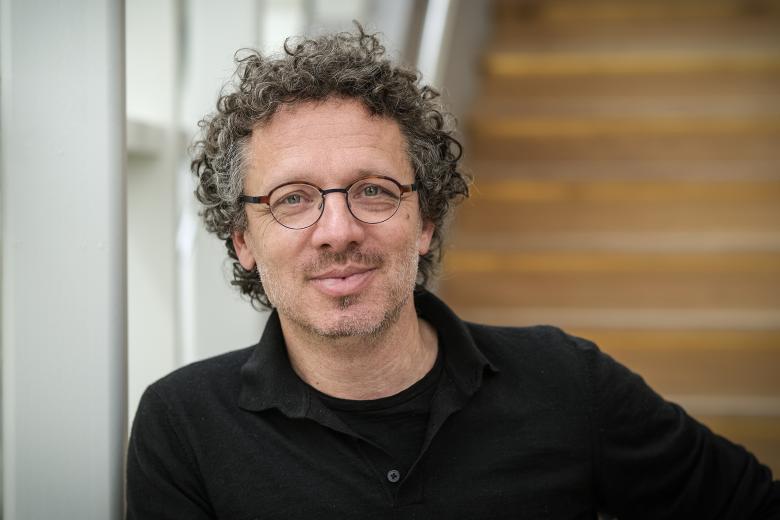“Pneumonia is still the biggest killer in Africa”
Twelve November it is World Pneumonia Day. Camielle Noordam did PhD research on pneumonia in children in sub-Saharan Africa. Despite improved access to healthcare, every year millions of children die before reaching their 5th birthday. Those in sub-Saharan Africa have the highest risk of mortality. Infections form the biggest threat, and of these, pneumonia is the most prevalent. Camielle Noordam spent many years living and working in Africa. Here she discusses the obstacles to proper medical care.
That Noordam has a thing for Africa is hardly surprising. When she was barely five weeks old, she moved with her parents to northwest Kenya. Her father was an agriculturalist, her mother a nurse. The family lived among the nomads in rural Turkana, a geographically isolated area with high temperatures and low rainfall. Even after she returned to the Netherlands at the age of 12 with her mother and four siblings, they often spent summers with their father in Africa. “I never lost that connection with the continent. My roots lie in Africa; it’s always been part of my life.”
Medical care
So it is understandable that Noordam would choose a PhD topic with links to the African continent, specifically sub-Saharan Africa. “Children who live there face the highest risk of mortality, especially as a result of infections. Pneumonia is the most prevalent – it’s a real killer.” In 2015, she explains, 922,000 children worldwide died of this infectious disease. In Africa pneumonia accounts for 16% of all deaths, compared to 14% for malaria and 10% for diarrhoea.
“The sooner a child gets medical help, the higher the chances of recovery. So the aim of my research was to gain better insight into why children with symptoms of pneumonia receive medical care too late.” Noordam made use of existing national datasets, synthesised the results of small-scale studies, reviewed the literature and conducted observations and interviews in several African countries.
Lack of knowledge
The high mortality rates are attributable in large part to the fact that not only mothers, but also healthcare workers, have trouble recognising the symptoms of pneumonia. “Spotting the signs is not easy; only 30% of the mothers are aware of the main symptoms. They know that fever is one of them, but don’t always realise that breathing problems may be another indication.” Health workers, who often have low education levels, also lack the required knowledge to recognise pneumonia in time. “Health workers are trained to identify pneumonia by means of respiratory rate. For children between the ages of 2 and 5 this means more than 40 breaths per minute; for babies between 2 and 12 months old the cut-off is 50. But some health workers can’t count to more than 10, or they mix up the cut-off points. Working with various international organisations, we assessed the effect of counting beads: one set of counting beads per age group, one bead per breath, colour coded for the cut-off point. It’s a simple solution that can be really beneficial, particularly for health workers who have trouble with numbers.”
Big differences
Yet better informed parents and health workers do not automatically translate into faster access to medical care, Noordam notes. “Another problem is the distance some parents need to travel with their sick child to reach the right care provider. And financial costs often dictate whether parents seek help in the first place. There are big differences when it comes to seeking and accessing medical care, both within national borders as well as between countries. In Tanzania 85% of children with symptoms of pneumonia make it to a medical facility, while in Ethiopia that figure is just 30%.”
Simple solutions
In her PhD, Noordam recommends a number of ways of reducing child mortality from pneumonia. These include improving diagnosis through simple solutions such as the use of counting beads, or mobile phones to facilitate communication between patients and healthcare providers. “Paying more attention to prevention would also make a big difference. Think of vaccinations, hygiene, access to clean drinking water and good nutrition.” In addition, she advocates better use of data in the different countries to identify the obstacles specific to each region. “What works well in one country may work much less well in another. The perception of diseases and the healthcare systems differ vastly from country to country, so this needs to be taken into account when looking for solutions.”

Camielle Noordam (1979) spent her childhood in Kenya before moving to the Netherlands in 1991. After training as a nurse, she worked in a maternity ward in Ghana and for several years in Sudan. Next she completed her master’s degree in International Health at the Royal Institute of the Tropics. After several years at Unicef in New York, she started her PhD at Maastricht University in 2014, defending it in July 2016.
Also read
-
Fresh air
Newly appointed professor Judith Sluimer (CARIM) talks about oxygen in heart functioning and the 'fresh air' the academic world needs.

-
Huntington’s is a disease you don't carry alone
Mayke Oosterloo is a movement disorders neurologist at Maastricht UMC+ and a researcher at the MHeNs institute of Maastricht University. In the outpatient clinic and various nursing homes in Limburg, she guides and treats patients (and their loved ones) with Huntington's disease.

-
Trauma-Free Care for Sick Children
Drawing blood, inserting an IV, or looking into the ear; even seemingly simple medical procedures can cause anxiety, pain, and stress in children. According to pediatric intensivist Piet Leroy, comfort and trust are just as important as the medical treatment itself. Therefore, he is researching how...
